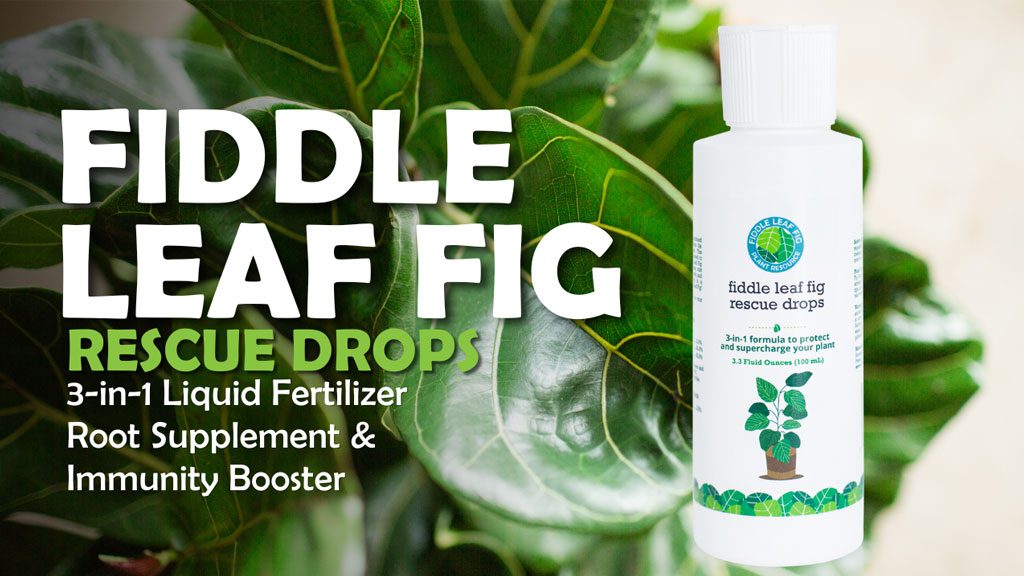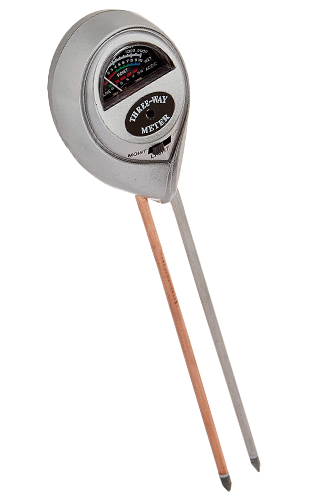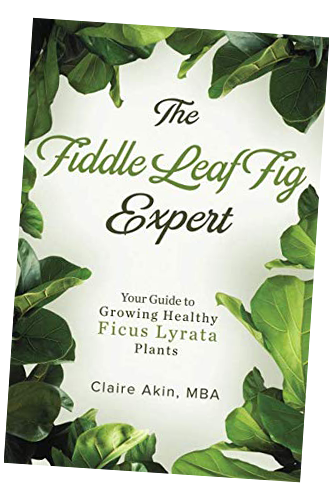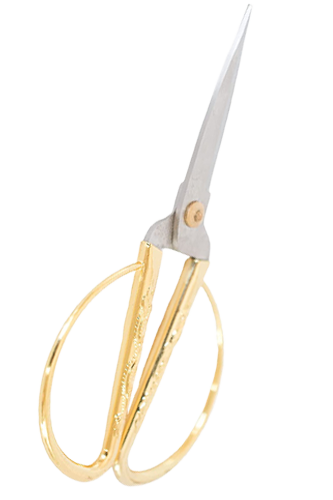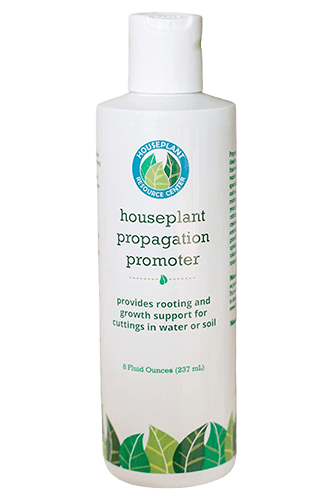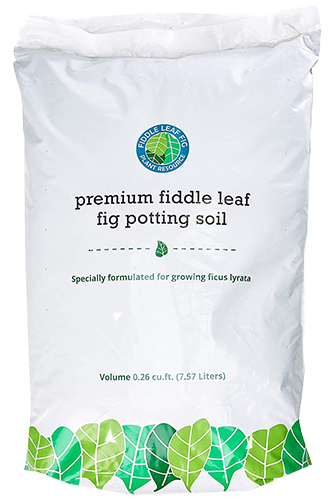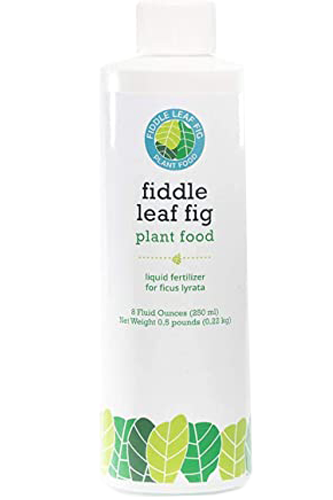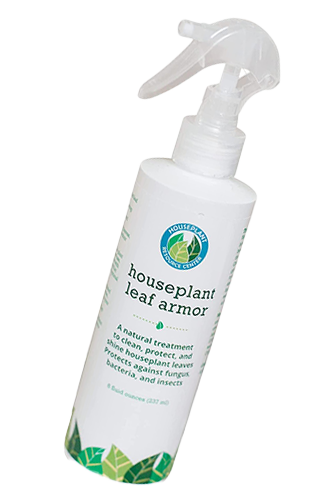
I am thrilled to announce that my new book, The Fiddle Leaf Fig Expert, is finally available on Amazon now in paperback or on Kindle. Today, I’d love to share with you an exclusive excerpt from the book.
When I wrote The Fiddle Leaf Fig Expert, it was my goal to simplify everything I know about fiddle leaf figs. I wanted to make it easy for anyone to grow happy and healthy plants that can last for generations.
I hope you enjoy this labor of love! Read the exclusive excerpt now below.
Sincerely,
Claire Akin
The Fiddle Leaf Fig Expert
For my mom, Nancy, who taught me everything I know about making a house a home.
Introduction
I’m Claire, and I love fiddle leaf fig plants! I’m a writer, gardener, houseplant lover, and fiddle leaf fig grower. I have an outdoor garden with twenty-one hybrid tea roses. My twenty-six houseplants include at least a dozen varieties, but my favorites are my half-dozen fiddle leaf fig plants. I wrote this guide to share what I’ve learned about growing healthy and vibrant fiddle leaf figs.
It drives me crazy when people tell me that fiddle leaf fig plants are hard to grow. There are certain plants that are challenging (I’m looking at you, maidenhair fern), but a Ficus lyrata (fiddle leaf fig) is not of one them.
Fiddle leaf fig trees are among the easiest and most rewarding plants to own. There are only a few simple things that can go wrong with them, and these are relatively easy to remedy. The plants are also resistant to pests and disease (unlike my twenty-one prize roses).
The fiddle leaf fig has become one of the most popular house plants in the world in recent years. In 2016, The New York Times called fiddle leaf figs “The ‘It’ Plant of the Design World.” They’ve been featured in home interior magazines, gone viral on Pinterest, and even made cameos in about a dozen Super Bowl commercials in 2018.
Yet there remains an astounding lack of information available on how to care properly for your fiddle leaf fig plant. Much of the information available on the internet is unreliable and overly simplified. Some of the information out there is just plain wrong and can harm your plant.
For fiddle leaf fig lovers who want to understand what their plant needs to thrive, to confidently diagnose problems, and to provide the best care for their plant, resources are lacking. That’s why I have written this guide. It’s my goal to explain everything I know about growing a gorgeous fiddle leaf fig plant without stressing. I’ve avoided overly scientific explanations and focused on the most helpful, clear, and actionable information.
As a writer and a fiddle leaf fig lover, I created this resource to provide helpful information so that you can feel more confident and enjoy your plant more. My aim is for this to be the only resource on fiddle leaf figs that you’ll ever need. I hope it helps you and your plant!
The Benefits of Your Fiddle Leaf Fig Plant
You probably got your fiddle leaf fig plant to provide your home with greenery and beauty. So you might be surprised to learn that there are several other benefits. Taking good care of your plant may help you be happier and healthier, and even live longer!
One of the most important benefits of plants in the home is that they basically do the opposite of our respiration (breathing) process: they absorb carbon dioxide and other toxic chemicals and release pure oxygen. Research by NASA shows that houseplants can clean air better than any man-made technologies can. In fact, NASA’s studies show that houseplants can remove over eighty-five percent of air toxins within a twenty-four-hour period.
Another benefit is that plants increase the relative humidity in our homes by releasing water through a process called transpiration. Greater humidity can help people who suffer from asthma and allergies. Houseplants can also lower air temperature during the summer, keeping your home more comfortable and cool. Research shows that the presence of plants can improve our health, decreasing the incidence of fatigue, colds, headaches, coughs, sore throats, and flu-like symptoms. Placing plants in your bedroom may help you sleep better at night.
But what may be more important than keeping us healthy is how plants make us feel. People have been bringing plants into their living spaces for centuries, and new studies give us some evidence as to why.
Several experimental studies have shown that plants in hospital rooms can lead to
- lower blood pressure
- increased attentiveness
- improved well-being
- improved perceptions of the space
- lower levels of anxiety during recovery from surgery
Research shows that plants make us happier in our homes and more satisfied at work. Plants such as fiddle leaf figs tend to make us feel more relaxed and calm. They can even increase concentration and productivity by fifteen percent.
Well-cared-for plants can outlive their human caretakers and provide a rewarding long-term relationship across multiple generations. Caring for a plant and helping it thrive can be thoroughly satisfying and can even reduce feelings of loneliness and depression. Many cultures believe that plants bring good luck and can improve our happiness. Whatever you believe, caring for a fiddle leaf fig plant can be a challenging and rewarding hobby for years to come.
Get Your Copy Now
To get your copy of The Fiddle Leaf Fig Expert, purchase on Amazon now in paperback or on Kindle. Enjoy!


